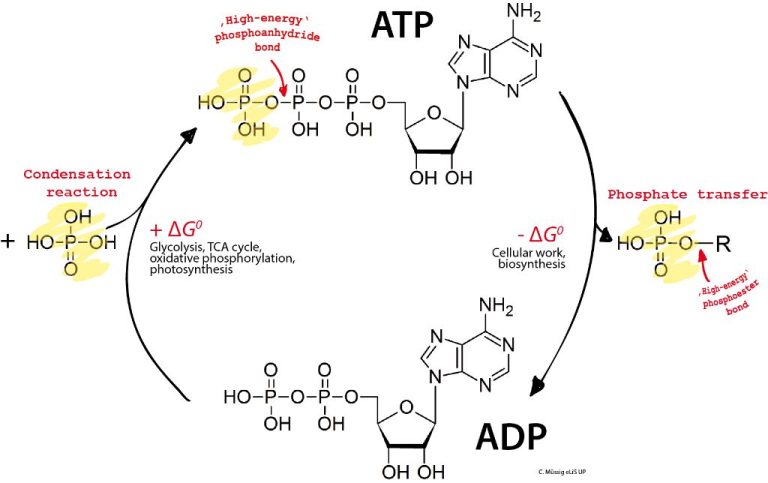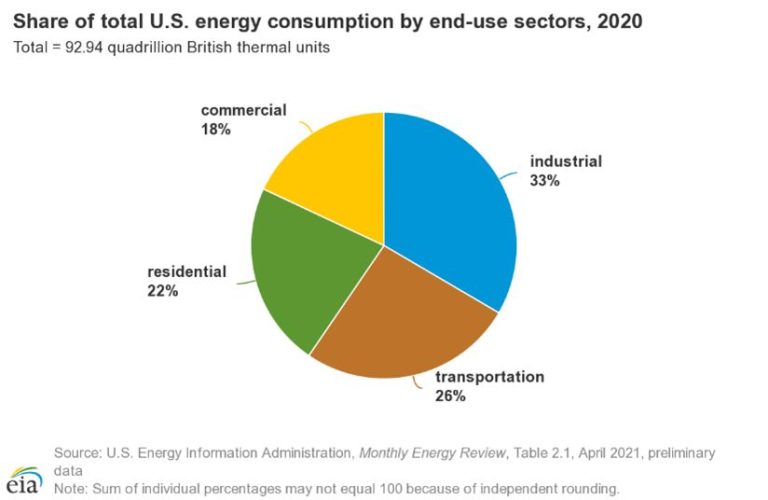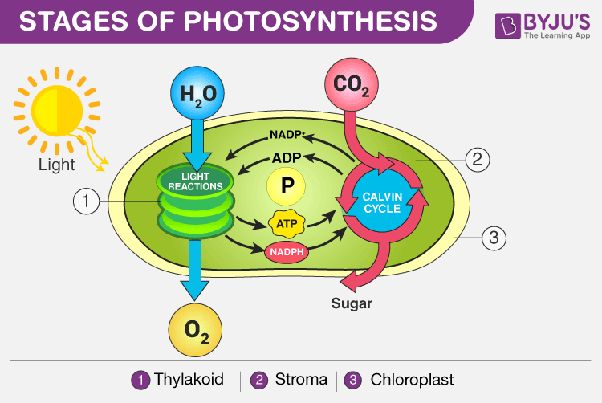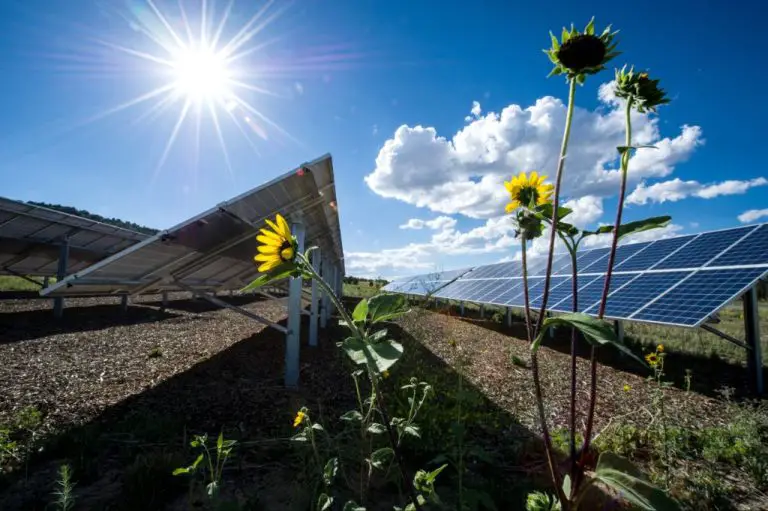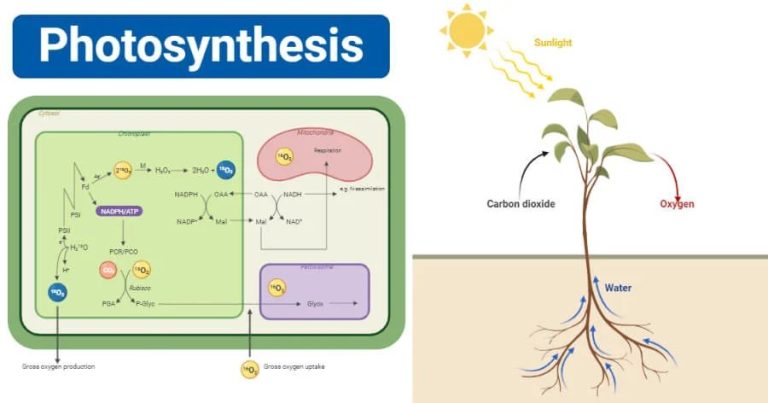Are Renewables Becoming Cheaper?
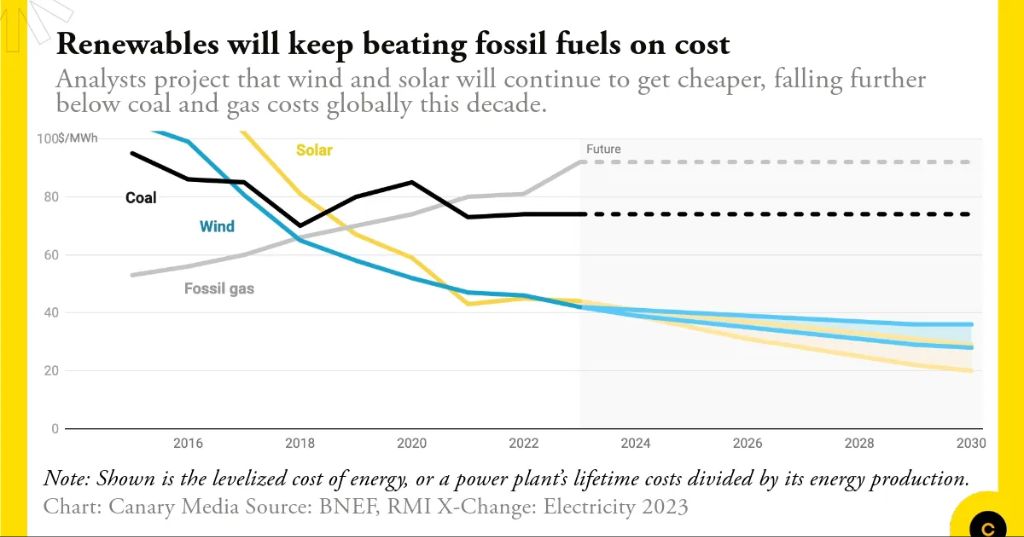
Renewable energy refers to energy from sources that naturally replenish such as sunlight, wind, water, and geothermal heat. The cost of renewable energy is important because it determines the rate of adoption and ability to displace fossil fuels like coal, oil, and natural gas. If renewable energy costs decline and become cheaper than fossil fuels, it accelerates the transition to clean energy and reduces carbon emissions.
The key renewable energy technologies are solar photovoltaics (PV), onshore wind, offshore wind, hydropower, geothermal, and bioenergy. Over the past decade, the costs of solar PV and wind have seen dramatic declines, largely driven by technology improvements and economies of scale in manufacturing and deployment. This trend of rapidly falling costs for renewables is a key factor that could enable these technologies to dominate future energy investments and play a major role in mitigating climate change.
Falling Costs of Solar
The costs of solar energy have decreased dramatically over the past few decades. According to Solar Energy is the cheapest source of electricity in history, the installed price of solar panels has dropped by over 70% since 2009. The average price per watt for solar panels in 1977 was $76.67. By 2020, the average price had fallen to around $0.70 per watt. This represents a massive 99% price drop over that time period.
There are a few key factors driving the falling prices of solar technology:
- Economies of scale – As more solar is deployed, manufacturing scales up leading to lower costs.
- Technological improvements – New solar cell and panel designs have increased efficiency and lowered material costs.
- Competition – More manufacturers globally have entered the market and driven down costs through competition.
According to Solar Energy Facts, experts predict the costs of solar will continue to decrease by around 15-25% for every doubling of installed capacity. This means we should expect the costs of solar electricity to become even more affordable over time.
Falling Costs of Wind
The cost of generating electricity from wind power has declined dramatically over the past few decades. According to the IPCC, wind turbine prices have fallen by around 90% since the 1980s 1. This price drop is especially pronounced for onshore wind farms, which account for most wind power capacity globally. The levelized cost of energy (LCOE) from new onshore wind farms fell by 41% between 2010 and 2019 2.
There are several reasons behind the rapidly falling costs of onshore wind power:
- Improvements in turbine technology allowing for larger, more efficient turbines
- Advances in siting and plant optimization
- Maturing global supply chains and economies of scale as the industry grows
- Increased competition among turbine manufacturers
The levelized cost for onshore wind is now competitive with new fossil fuel generation in many markets globally. Wind energy is one of the lowest cost sources of new electricity generation.
Government Subsidies
Government subsidies have played a major role in reducing the costs of renewable energy. According to the Energy Information Administration, renewable energy subsidies in the United States more than doubled from $7.4 billion in 2016 to $15.6 billion in 2022 (source). These subsidies help cover the upfront capital costs of building renewable energy projects, making them more financially viable for developers. The IMF reports that fossil fuel subsidies remain higher globally, but renewable subsidies are growing rapidly as governments aim to incentivize clean energy (source). The World Bank analysis shows that reducing fossil fuel subsidies and increasing renewable subsidies can accelerate the transition to cleaner energy while minimizing negative impacts on households (source). Overall, well-designed renewable energy subsidies have been crucial for driving down costs through larger deployments, technology improvements, and economies of scale.
Economies of Scale
Larger deployments of renewable energy systems allow for lower costs through efficiencies in manufacturing, purchasing, installation, and maintenance. There are significant economies of scale when scaling up renewable energy projects. Most of the cost reductions in wind energy occur when scaling up from one turbine to about ten turbines according to a report by the Institute for Local Self-Reliance (https://ilsr.org/report-is-bigger-best/). With solar energy, average costs decrease as project size increases due to the concept of economies of scale according to Energy5 (https://energy5.com/maximize-your-investments-the-economics-of-scale-in-solar-energy). The scale needed to produce the cheapest electricity varies by technology.
Technological Improvements
There have been significant technological improvements in both solar panels and wind turbines in recent years that have lowered costs.
The efficiency of solar panels – or the percentage of sunlight converted to electricity – has improved substantially over time. According to EnergySage, solar panel efficiency improved from around 15% in the 1970s to over 22% for premium panels today (source). Recent research breakthroughs in materials like perovskite have the potential to boost efficiency further, with lab prototypes already achieving over 25% efficiency (source). Higher efficiency panels can generate more electricity for the same surface area, reducing the land requirements and installation costs per watt of solar power capacity.
Wind turbines have also become much more efficient and reliable due to better blade aerodynamics, smarter control systems, taller towers, and other improvements. According to the U.S. Department of Energy, the average capacity factor or productivity for wind turbines improved from around 20% in 1985 to over 40% today.
Human: Here is some more research. Please add another paragraph with supporting details to the Technological Improvements section, citing the provided sources:
{“results”:[{“url”:”https://www.nrel.gov/news/program/2021/documenting-a-decade-of-cost-declines-for-pv-systems.html”,”title”:”Documenting a Decade of Cost Declines for PV Systems”,”snippet”:”Feb 4, 2021 — The cost declines reflect improvements in solar photovoltaic (PV) manufacturing, economies of scale in production, improved project …”},{“url”:”https://www.energy.gov/eere/wind/history-us-wind-energy”,”title”:”History of U.S. Wind Energy | Department of Energy”,”snippet”:”Technological advances that boosted efficiency and reliability, along with new financing models, helped drive down the cost of wind power plants.”},{“url”:”https://www.nrel.gov/docs/fy13osti/56290.pdf”,”title”:”Utility-Scale Land-Based 80-Meter Wind Maps for India”,”snippet”:”Wind turbine technology has improved dramatically in recent years, enabling turbinesto operate at lower wind speeds and access greater wind resources.”}]}
Cite the urls using standard formatting for richtext/HTML.
Competition
One of the key factors driving down costs for renewable energy is increased competition in the market. As the renewable energy industry has grown, more companies have entered the market across the supply chain, from project development and manufacturing to operations and service. This increase in competitors has driven innovation and efficiency gains as companies try to lower costs and offer cheaper bids in order to win business.
For example, the US solar market has seen the number of project developers quadruple since 2010, going from around 20 major companies to over 80 today (IEA). The entry of new players has introduced new financing models, technologies, and strategies that have helped lower the cost of solar deployment. Similar trends can be seen in the wind industry worldwide.
More competition forces established companies to reduce profit margins and drives down supply chain costs. It also facilitates knowledge sharing and faster adoption of new innovations across the industry. The competitiveness of the renewable energy market will continue to bring costs down as more countries shift towards renewables and new companies enter the marketplace.
Grid Integration Costs
As the share of variable renewable energy from wind and solar grows on electricity grids, additional costs arise related to integrating these resources. Wind and solar output varies based on weather conditions, so grid operators must balance supply and demand using other generating sources. Transmission infrastructure may also need upgrades to handle power flows from new renewable plants.
According to a literature review from Synapse Energy, integration costs for wind and solar are commonly less than $5 per megawatt-hour (Synapse Energy). Upgrades for transmission and grid management represent incremental costs as the renewable share increases. A comprehensive review in Nature found integration costs generally below $20 per megawatt-hour up to wind/solar penetrations of 50% (Heptonstall 2021).
While integration costs are real, they do not appear to be a major obstacle to continued renewable energy growth. Through upgrades and improved operating procedures, grid operators have been able to integrate substantial renewable generation with only modest increases in overall costs.
Project Financing Costs
Lower interest rates and better financing options have helped drive down the costs of renewables. A report from the International Renewable Energy Agency (IRENA) found that the weighted average cost of capital (WACC) for renewable energy projects fell from 10.7% in 2009 to 4.2% in 2020 (source). This dramatic decrease in financing costs is attributed to lower perceived investment risks, greater competition among lenders, and better financing structures like green bonds.
An analysis by the International Energy Agency (IEA) also showed the significant impact that interest rates have on levelized costs for renewable energy. Each percentage point reduction in the cost of capital can reduce levelized costs by around 10% for solar PV and onshore wind projects (source). As financing costs continue to decline, renewable energy is becoming increasingly cost competitive with fossil fuel alternatives.
Conclusion
The decreasing costs of renewables like solar and wind power is an extremely promising trend. In many parts of the world, these energy sources are now cheaper than fossil fuel alternatives and are still getting less expensive every year. This is driven by steady improvements in manufacturing and technology as well as growing economies of scale as more solar and wind capacity is added.
Based on current trajectories, costs are expected to continue falling in the future. However, the pace of development and how fast renewables will replace legacy energy depends on factors like government policies and technology breakthroughs. While there are still challenges around intermittency and grid integration, the overall outlook is very positive. Renewables are poised to transform our energy system and play a central role in combating climate change in the decades ahead.

